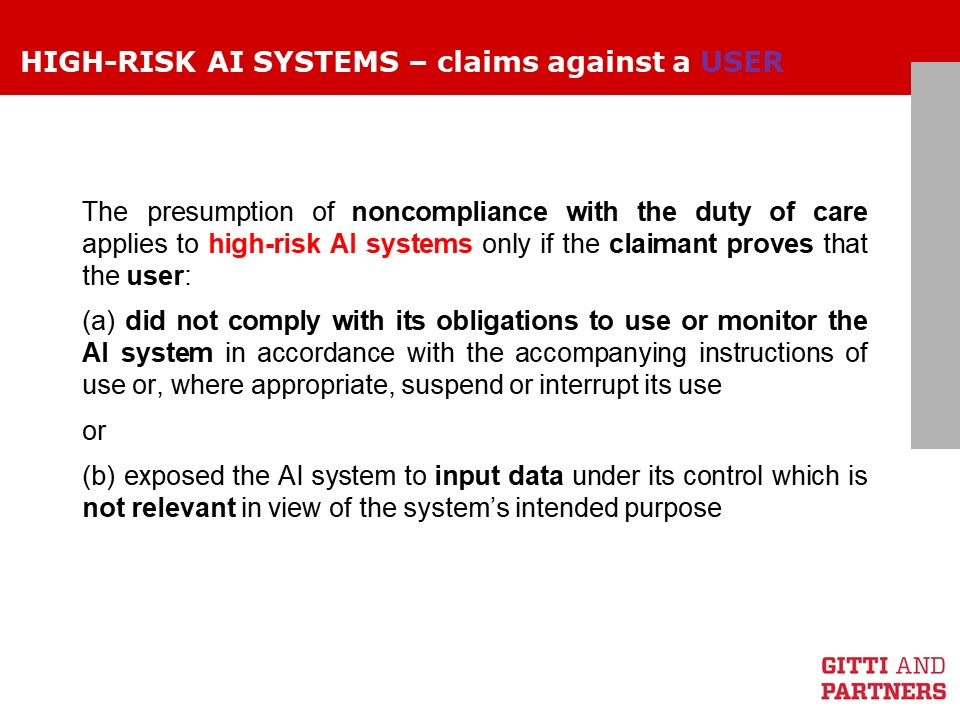The “Home-Spital” of 2030.
I have enjoyed reading this article on what healthcare may look like in 2030 (in wealthy countries, may I point out). The author of the article says goodbye to the hospital, while welcoming the “home-spital”. She imagines that technology (think driverless cars and robot workers) will help us live in a safer world. Technology will also help preventing certain diseases. Regenerative options will slow down ageing. “You will go to hospital to be patched up and put back on track. Some hospital practices might even go away completely, and the need for hospitalization will eventually disappear. Not by 2030, but soon after”, she predicts.
Healthcare and Technology will be Increasingly Intertwined.
Telemedicine may become so pervasive that hospitals may be empty of patients and filled with patients’ data, continuously fed through wearable patient-monitoring devices or all kinds of sensors. Hospitals may become bio-printing laboratories, where 3D printers will manufacture organs, tissues and bones on demand.
It is somewhat uplifting to imagine that medicine may become so technologically advanced, so personalized and so effective, and health so plentiful. Others, however, warn against the threat of a de-humanized medicine that will solely rely on machines and will be unable to offer a human side to suffering individuals.
Will Technology Render Doctors Error-Free?
While this new world will pose issues of privacy, data security and fraud, will it solve the problem of malpractice? What will be the role of doctors in 2030? Will technology eradicate human error?
Technology is already helping doctors in many ways: drugs, devices, diagnostic instruments are now less harmful, more precise and a lot more effective. Watson computer is assisting oncologists finding the appropriate cure. Simulators helps doctor in their training and in performing surgical procedures. Checklists, protocols and guidelines can be embedded in the doctors’ routine so as to limit, recognize or avoid repetition of human error. We can foresee a world of doctors who follow protocols embedded in devices, leaving less room for deviation from standard practice, but also from mistakes: a computerized doctor, almost. Will this make doctors error-free?
Of Course, Technology can be a Source of Error, too.
The idea of technological devices that are perfectly designed and always perfectly functioning is false, as any product liability lawyer knows. Even the best technology is subject to faulty design of a whole line of products, or faulty manufacturing of a single product.
Malpractice and Product Liability Litigation may Merge in 2030.
Litigation may simply become more complex. In fact, doctors will be sued by patients along with creators of health apps, health data centers, data carriers, device or drug manufacturers, subjects who feed data to 3D printers or who analyze and monitor data processed by devices. It will be increasingly harder to disentangle doctors’ negligence with liability of med-tech, diagnostic or pharma companies. Litigation will rely even more heavily on the opinion of court appointed experts, who will need to be a panel of specialists with bioengineering, medical and information technology skills.
Two classes of doctors will probably emerge, even more distinctively than before: doctors who follow protocols suggested by computers, whose tasks will become closer to those of paramedics, and doctors engaged in research who write protocols that will bind other doctors. The first class will probably see a reduction in its freedom to make medical choices, but may be increasingly shielded from medical malpractice litigation. The protocol-writing doctors will work even more closely with the industry that designs, tests and manufactures medical technology.
Watch Out for the Paradox of Automation!
As this very interesting article (based on an analysis of the 2009 crash of Air France Flight 447, which killed 228 people) suggests, the so called “Paradox of Automation” could come into play. Tim Harford, the author, explains it as follows: “First, automatic systems accommodate incompetence by being easy to operate and by automatically correcting mistakes. Because of this, an inexpert operator can function for a long time before his lack of skill becomes apparent – his incompetence is a hidden weakness that can persist almost indefinitely. Second, even if operators are expert, automatic systems erode their skills by removing the need for practice. Third, automatic systems tend to fail either in unusual situations or in ways that produce unusual situations, requiring a particularly skilful response. A more capable and reliable automatic system makes the situation worse.”
Technology that babysits doctors may ultimately weaken their skills. While automated devices may limit small errors, they may “create the opportunities for large ones”.
Conclusions.
Technology surely helps, who could deny that? But a messianic hope that technology will propel us into a risk-free, error-free and… malpractice-free world is a simplistic approach that is plain wrong.








